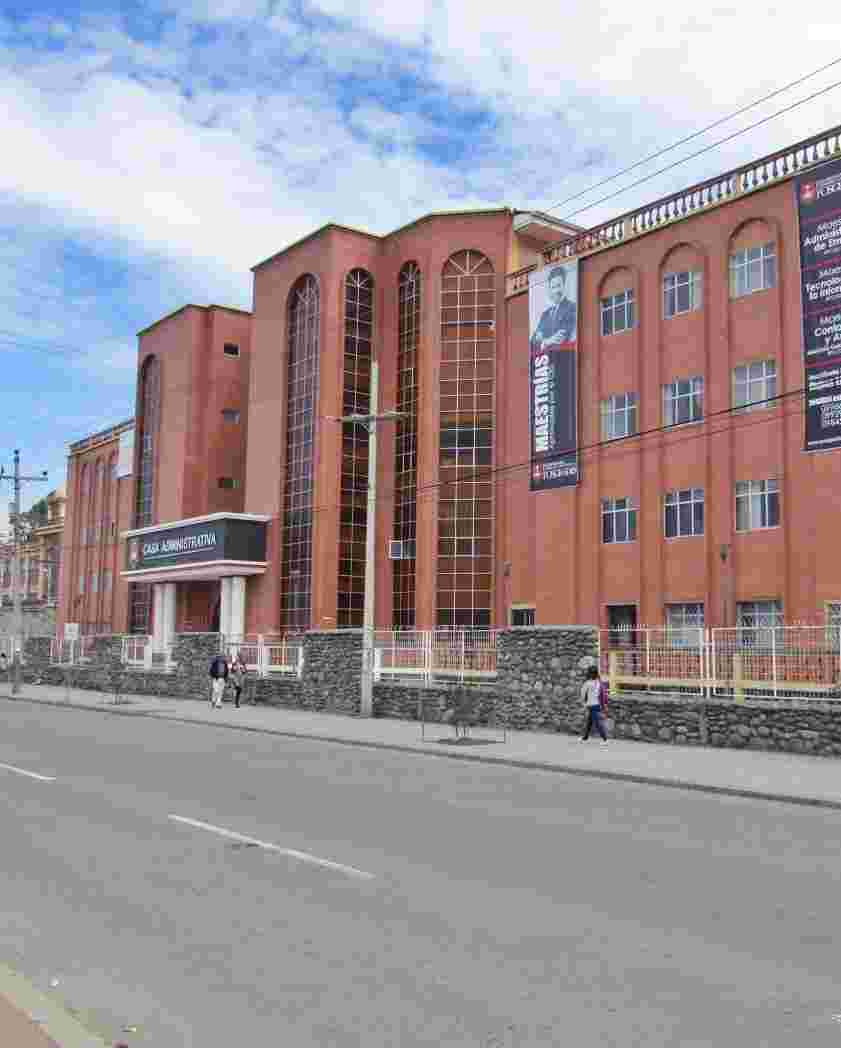Intento autolítico farmacológico. diagnóstico y tratamiento. Revisión bibliográfica
| dc.contributor.advisor | Salgado Ordóñez, Octavio José | |
| dc.contributor.author | Jara Chacón, Christian Adrián | |
| dc.contributor.cedula | 0106574502 | es_ES |
| dc.coverage | Cuenca-Ecuador | es_ES |
| dc.date.accessioned | 2023-09-13T14:57:05Z | |
| dc.date.available | 2023-09-13T14:57:05Z | |
| dc.date.issued | 2023 | |
| dc.description | Introducción: el suicido es un problema de salud mundial de rápido crecimiento, según la Organización Mundial de la Salud, cada año se suicidan cerca de 700 000 personas siendo la cuarta causa más común de muerte entre los jóvenes de 17 a 29 años. Las manifestaciones clínicas más frecuentes son neurológicas, las complicaciones suelen aparecer sobre el aparato respiratorio, digestivo y van desde la broncoaspiración hasta falla renal y hepática. Objetivo General: describir el diagnóstico y tratamiento del intento autolítico farmacológico. Metodología: se realizó una revisión bibliográfica de tipo narrativo, no experimental, en donde se realizó́ una estrategia de búsqueda de articular relación con el tema de investigación en bases de datos, además, se consideraron ensayos clínicos controlados aleatorizados que evalúen el intento autolítico farmacológico, diagnóstico y tratamiento. Resultados: se evidencio que el paracetamol fue el medicamento más utilizado por su fácil accesibilidad seguido de fenobarbital y diazepam en un 61,5%, y antihistamínicos y antiinflamatorios en un 11,5%. Los síntomas predominantes en intoxicación medicamentosas fueron de tipo neurológico. Conclusión: es importante reconocer el carácter bidimensional del problema, aspectos psicológico y toxicológico, con el propósito de manejar estos pacientes adecuadamente y reducir el riesgo de recidiva. | es_ES |
| dc.description.abstract | Introduction: suicide is a rapidly growing global health problem, according to the World Health Organization, each year about 700,000 people commit suicide, being the fourth most common cause of death among young people between 17 and 29 years of age. The most frequent clinical manifestations are neurological, complications usually appear on the respiratory and digestive systems and range from bronchial aspiration to kidney and liver failure. General Objective: to describe the diagnosis and treatment of the pharmacological autolytic attempt. Methodology: a narrative, non-experimental bibliographic review was carried out, where a search strategy for joint relationship with the research topic in databases was carried out, in addition, randomized controlled clinical trials that evaluate the pharmacological autolytic attempt will be considered, diagnosis and treatment. Results: it is evident that paracetamol was the most used medication due to its easy accessibility followed by phenobarbital and diazepam in 61.5%, and antihistamines and anti-inflammatories in 11.5%. The predominant symptoms in drug poisoning were neurological. Conclusion: it is important to recognize the two-dimensional nature of the problem, psychological and toxicological aspects, to adequately manage these patients and reduce the risk of recidivism | es_ES |
| dc.description.peer-review | Revisión bibliográfica | es_ES |
| dc.description.uri | Tesis | es_ES |
| dc.format | application/pdf | es_ES |
| dc.format.extent | 29 páginas | es_ES |
| dc.identifier.citation | VANCUOVER: Jara C. Intento autolítico farmacológico. diagnóstico y tratamiento. Revisión bibliográfica. Médico. Cuenca-Ecuador. Universidad Católica de Cuenca. 2023. [citado el DIA de MES de AÑO]. Disponible en: (dirección url en donde está el documento) | es_ES |
| dc.identifier.journal | Revista Multidisciplinaria Arbitrada de Investigación Científica | es_ES |
| dc.identifier.other | 9BT2023-MTI146 | |
| dc.identifier.uri | https://dspace.ucacue.edu.ec/handle/ucacue/15452 | |
| dc.language.iso | spa | es_ES |
| dc.publisher | Universidad Católica de Cuenca. | es_ES |
| dc.rights | info:eu-repo/semantics/openAccess | es_ES |
| dc.rights.uri | http://creativecommons.org/licenses/by/4.0/deed.es | es_ES |
| dc.source | Universidad Católica de Cuenca | es_ES |
| dc.source | Repositorio Institucional - UCACUE | es_ES |
| dc.subject | FÁRMACOS | es_ES |
| dc.subject | INTENTO AUTOLÍTICO | es_ES |
| dc.subject | INTOXICACIÓN | es_ES |
| dc.subject | TRATAMIENTO | es_ES |
| dc.title | Intento autolítico farmacológico. diagnóstico y tratamiento. Revisión bibliográfica | es_ES |
| dc.type | info:eu-repo/semantics/preprint | es_ES |
| thesis.degree.discipline | Salud Humana | es_ES |
| thesis.degree.grantor | Universidad Católica de Cuenca. Unidad Académica de Salud y Bienestar. Medicina | es_ES |
| thesis.degree.level | Título Profesional | es_ES |
| thesis.degree.name | Médico | es_ES |
| thesis.degree.program | Presencial | es_ES |
Archivos
Bloque de licencias
1 - 1 de 1
Cargando...
- Nombre:
- license.txt
- Tamaño:
- 1.71 KB
- Formato:
- Item-specific license agreed upon to submission
- Descripción:




